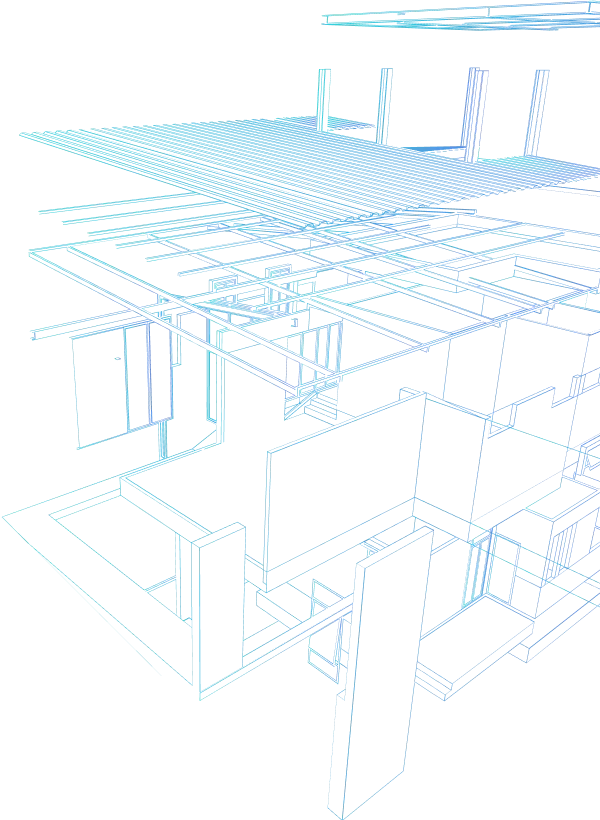Following in his grandfather’s footsteps, Alex Mehran Jr. brings a distinctly personal approach to leading Mehran Realty Group, a comprehensive property management and consulting firm ...
How Drone Technology is Changing Land Surveying, One Flight at a Time




“Most surveyors give me the same answer when I ask about their top three business challenges,” says Rob Cammack, founder and CEO of SmartDrone. “They say: ‘That’s easy – people, people, and people.'” With an aging workforce where the average surveyor is 57 years old and only 50,000 licensed professionals nationwide, the industry faces a critical inflection point. Yet amid these challenges, drone technology is emerging as a transformative force, promising to bridge the growing gap between surging demand and limited human resources.
The Surveyor Shortage Crisis
The numbers tell a stark story. The current pool of 50,000 licensed surveyors in the United States is struggling to keep pace with increasing demand for land management services. With limited new entrants to the profession and a wave of retirements looming, the industry faces a demographic cliff that traditional solutions cannot address.
“It’s a very long education and credentialing process,” explains Cammack. “The physical demands of the work, combined with the extensive training requirements, have created a significant barrier to industry growth just as demand is surging.”
Technology Adoption: A Tale of False Starts
Despite the obvious potential for drone technology to address these challenges, industry adoption has been surprisingly slow. Current estimates suggest less than 5% of land surveyors have utilized drone technology on any project – a statistic that reflects both the conservative nature of the industry and the deep scars left by previous technological disappointments.
“About five to seven years ago, they got burnt because there was hype in the early drone industry,” Cammack explains. “You had people who did not understand the needs of the surveyors and their deliverables. They promised them the world, they went out and flew topography jobs, and the surveyors would get the data back. And it was either way off or it was in a format they didn’t know how to work into their workflows.”
The financial impact on these primarily small businesses was significant. “A lot of these surveyors are smaller businesses,” Cammack notes. “If they trusted a guy with $5,000 and he took a drone out and collected this data, and then they go check it, and it’s bad, but he’s already got the money… they were out that money. And then they had to go back and do the rework.”
These early failures, which Cammack describes as having “salted the earth,” created a deep skepticism that any new drone technology provider would need to overcome. “We had to prove ourselves to surveyors,” he says, “and that was part of engaging them and finding their pain points.”
The Technology Evolution
Modern surveying drones bear little resemblance to their consumer counterparts. Today’s professional systems utilize LIDAR (Light Detection and Ranging) technology, capable of shooting up to 1.2 million light pulses per second through tree canopy and brush to create highly accurate ground mapping.
The impact on productivity is staggering. A recent case study of a 320-acre timberland survey illustrates the transformation:
- Traditional Method: 2-3 crews working for 2-3 months, cost of $145,000
- Drone Survey: Single operator, 7 hours, comparable accuracy
This 100x improvement in productivity isn’t just about efficiency – it’s about enabling an aging workforce to continue practicing their profession. “We thought that the older surveyors in their late 60s, early 70s would be some of the last to adopt drone technology,” Cammack recalls. “We go and talk to them, and they said, ‘Well, that sounds good. I’ve got 100 acre job here. That’s a lot of walking. Why don’t you get that for me?'”
Regulatory Environment and Market Evolution
The regulatory landscape for commercial drone operations has matured significantly since 2015’s “Wild West” era. The National Defense Authorization Act (NDAA) has introduced new requirements around drone technology sourcing, while the FAA has established clearer frameworks for commercial drone operations.
These changes, combined with growing concerns about data security and sovereignty, have accelerated the development of domestic drone technology. U.S.-based manufacturers are now competing effectively in a market previously dominated by subsidized foreign competitors.
The Integration Challenge
Despite the compelling benefits, significant barriers to adoption remain. The industry faces several key challenges:
- Integration with Existing Workflows: Surveyors require seamless integration between drone data and traditional surveying software
- Training and Certification: Operators need both drone piloting skills and surveying expertise
- Initial Investment: Professional surveying drones can cost $65,000 or more
- Trust and Verification: Many firms require extensive testing before committing to new technology
Yet despite these challenges, the market is showing strong signs of acceptance. SmartDrone, for instance, has achieved 58% compound annual revenue growth in their services division, with their technology now serving as the dedicated “drone department” for 42 surveying companies across more than 20 states.
Looking Ahead: The Future of Surveying
The transformation of land surveying is just beginning. As artificial intelligence and machine learning capabilities mature, the next wave of innovation will likely focus on automated data processing and analysis. However, industry leaders emphasize the importance of measured progress over hype.
“The reality of AI in the physical space with robotics will start to show itself in a few years,” notes Cammack. “But right now, the focus needs to be on proven technology that delivers reliable results.”
For an industry facing critical staffing shortages and increasing demand, drone technology isn’t just addressing immediate challenges – it’s fundamentally transforming how we approach land surveying in the 21st century.
Similar Articles
Explore similar articles from Our Team of Experts.


“We’re really problem solvers. We want to find an asset that needs us, and if the asset doesn’t need us, it’s probably not going to be the right one for us,” sa...


When Austin Walker moved from Detroit to Asheville, he was drawn by the mountain town’s quality of life. Nearly two decades later, as a veteran commercial real estate broker with Whitn...


“Food waste in this country is actually responsible for three times more emissions than the entire airline industry… addressing food waste has a larger opportunity than EVs, recy...


“What gets measured gets done. You can’t evaluate what you can’t measure.” – Larry Stone, Santa Clara County Assessor In Silicon Valley, where tech innovations and ...




